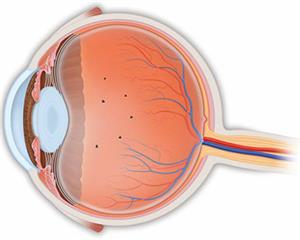
Written By: Reena Mukamal
Reviewed By: Inder Paul Singh, MD
Adapted by: SkyVision Centers – cdunbar
Jan. 26, 2018 AAO.org EyeSmart
Millions of Americans who live with annoying spots in their field of vision may soon have more readily available remedy: a laser treatment called YAG vitreolysis.
Dr. Darrell White has been doing laser vitreolysis in the SkyVision Center Westlake office with the latest Yag Laser for nearly a year now and inquiries are rapidly increasing.
A new study followed 680 patients who underwent this procedure to reduce the symptoms of eye floaters. Ninety-three percent reported significant improvement in their vision.
Millions of people ultimately may benefit. About one out of four individuals experience eye floaters by age 60. By age 80, two-thirds of people will face these irritating specks in their vision.
For more information on Vitreolysis treatment for eye floaters:
https://www.aao.org/eye-health/news/new-laser-treatment-may-get-rid-of-eye-floaters



